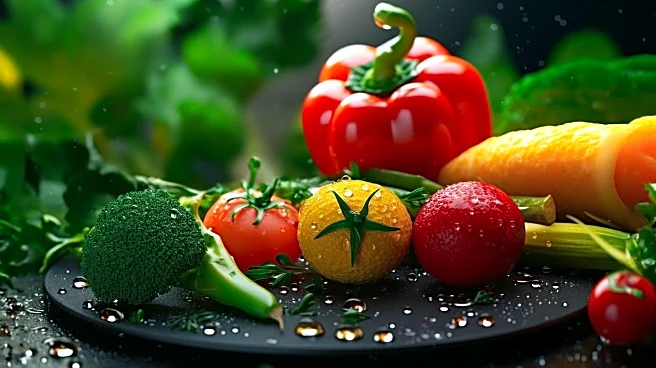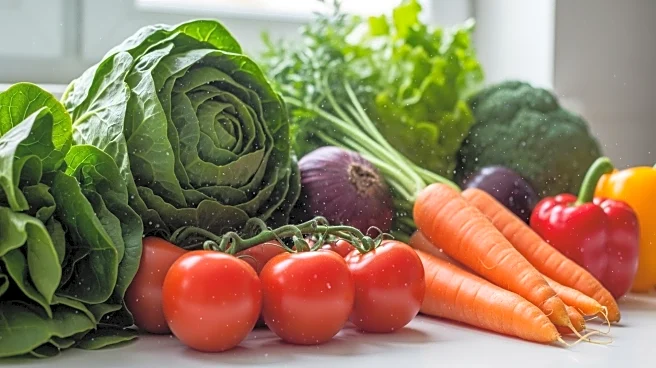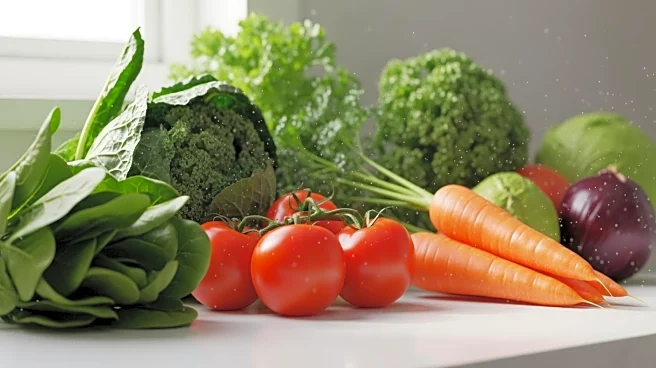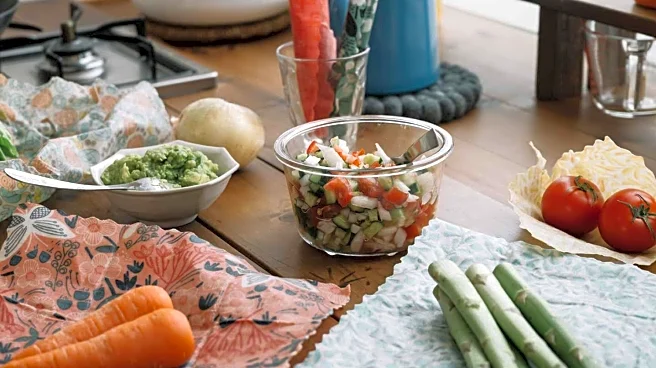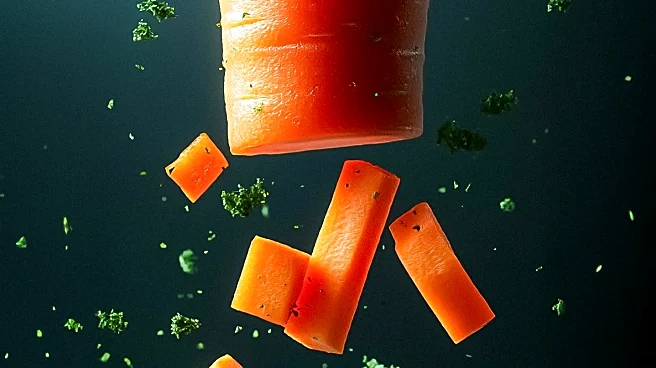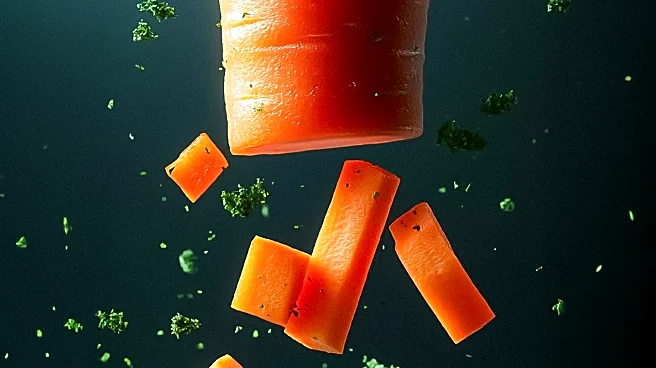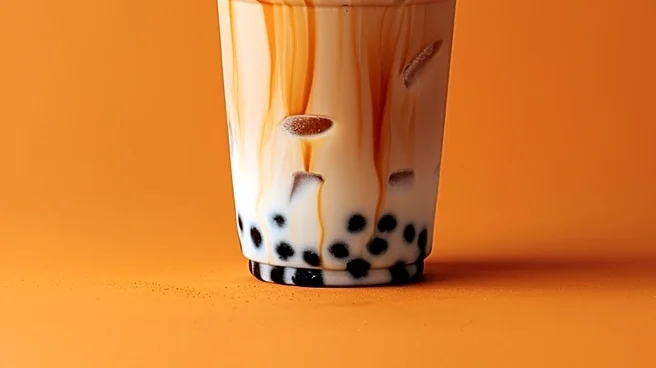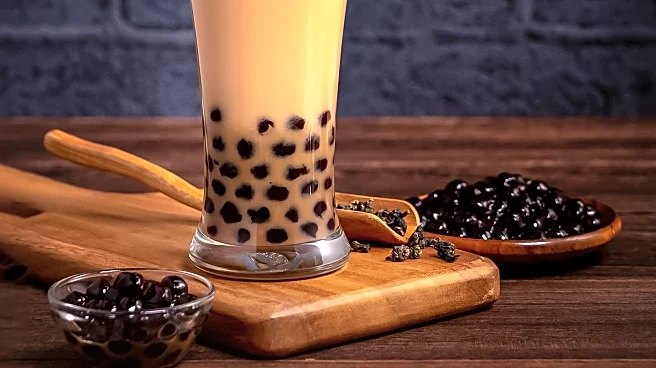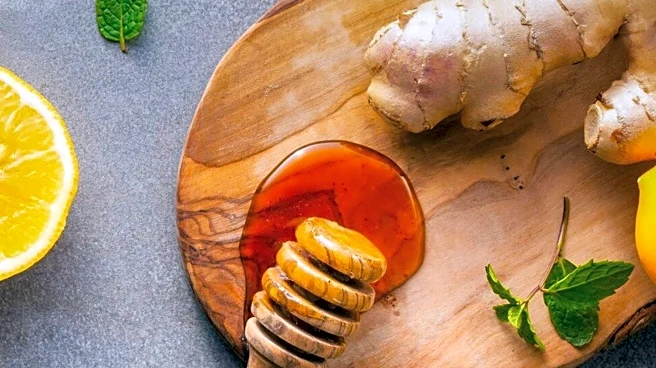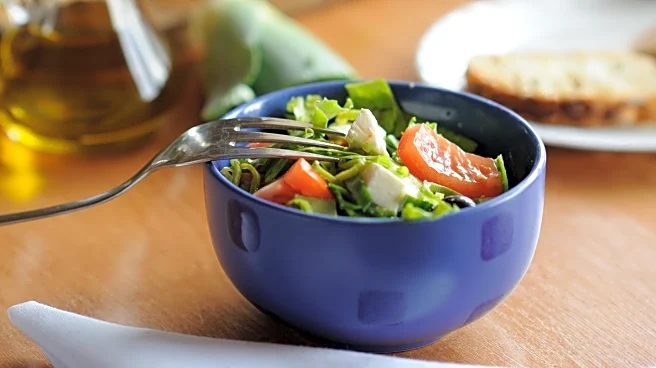What is the story about?
What's Happening?
A groundbreaking study has discovered nanoplastics inside vegetable tissues, marking the first time these particles have been found in edible plants. Researchers at the University of Plymouth used radishes to demonstrate that nanoplastics can penetrate roots and travel into the edible parts of vegetables. This finding suggests that humans and animals may be consuming nanoplastics through plant-based diets, in addition to seafood and water sources. The study highlights the potential for nanoplastics to accumulate in crops, posing a new challenge for food safety and agricultural practices.
Why It's Important?
The presence of nanoplastics in vegetables is a significant concern for food safety and public health. As these particles are nearly invisible and difficult to remove, they could be ingested daily, leading to unknown health effects. This discovery expands the scope of plastic pollution beyond marine environments, indicating that terrestrial food sources are also at risk. The findings may prompt changes in agricultural practices and food safety regulations, as well as increased consumer awareness about the potential risks of plastic contamination in food.
What's Next?
Future research will focus on understanding the extent of nanoplastic absorption in different crops and the potential health risks associated with their consumption. Policymakers may need to consider new regulations to address plastic pollution in agriculture. Additionally, the agricultural industry may explore innovative solutions to prevent nanoplastic contamination in crops, ensuring safer food production and consumption.
AI Generated Content
Do you find this article useful?
